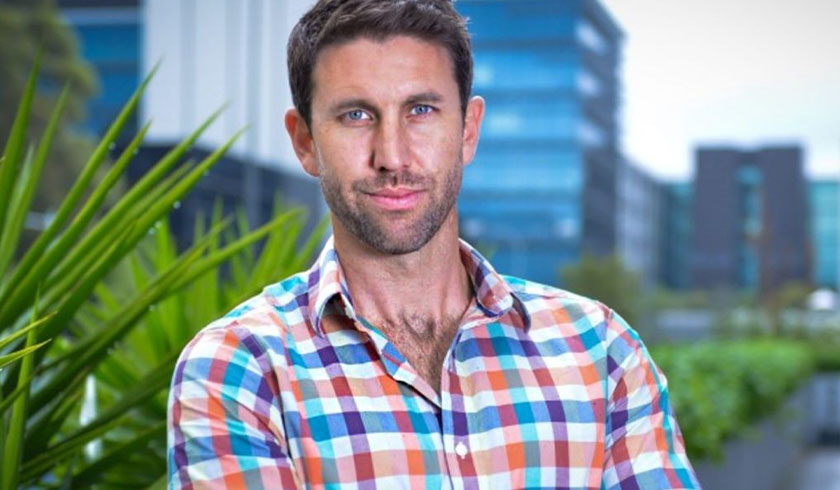Building a moat: How to defend your property against adverse effects
A successful property portfolio is one that is not reliant on you, as the investor, to dictate its performance, a property guru has said.

The ultimate goal for a property investor is to have a property that is neutrally or positively geared, and in demand from tenants, so that it is able to ward off negative scenarios seen throughout 2020, Pure Property Investment’s Paul Glossop said on a recent episode of The Smart Property Investment Show.
“What stops a market from growing? Typically, it’s going to be things like more expensive money, additional supply. And if those two things alone happen to a property and you don’t have a good answer to say what happens when these things happen...
“Firstly, you’ll have a lot of fixed costs such as high strata, high running costs. If your interest rates go up because the market has actually stalled, that’s what’s causing it, as well as additional supply, because that is what typically happens on the backend of a boom, then that’s really when people are left hugely with those issues,” Mr Glossop explained.
For Mr Glossop, the definition of a successful property investor is one with a portfolio that effectively, over time, is not reliant on the investor to dictate its performance.
And when it comes to building that resilience to stand the test of time – i.e. a moat around one’s property portfolio, Mr Glossop shared an interesting analogy.
“It’s essentially like raising children,” said Mr Glossop.
“They require a lot more attention, a lot more need, early in the piece. Firstly, they need more money, you need to save more. They take a lot of time, they’re harder work, until you actually raise them to a point where your intention is that they become self-sufficient.
“Good property portfolios are effectively geared that way, where you know that you put effort and time into it initially, and it probably won’t take 18, 25, 30 years to get to maturity. It would probably be more like, in a good fast case, two to 3three years, and in some cases maybe seven to eight years.
“But you’re trying to build it up to eventually say, ‘Take me away and you got to do what you go to do, which was my intention from day one’,” said Mr Glossop.
Speaking about building a moat around a property portfolio, Mr Glossop noted the property investors when putting pen to paper needs to consider two factors – where to get the fastest growth in the shortest period of time, and their defence when that growth inevitably stops.
For more information about building resilience, tune in to Mr Glossop’s podcast here.

